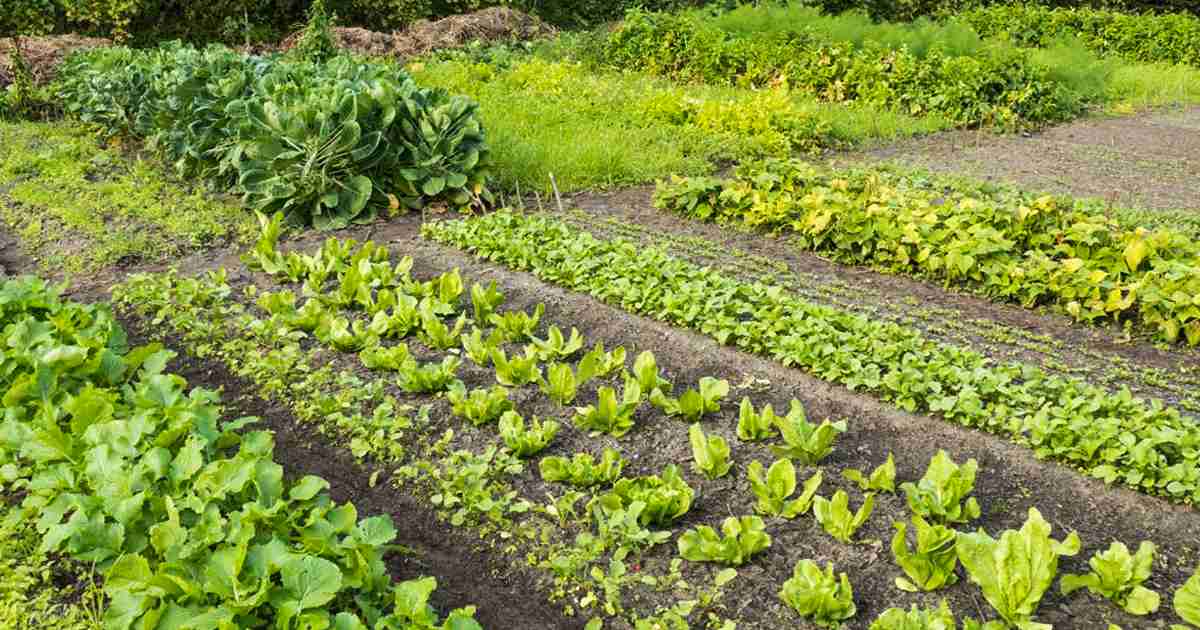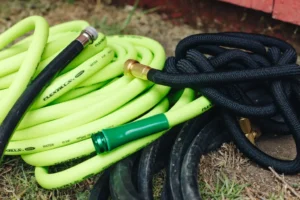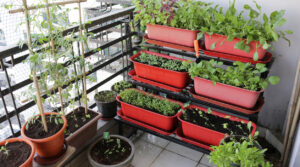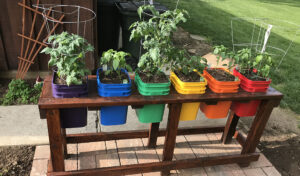The Importance of Crop Rotation in Vegetable Gardens
As home gardeners, we’re always looking for ways to improve our harvests while reducing pests and diseases. One of the most effective techniques at your disposal is crop rotation – a practice that commercial farmers have relied on for centuries. This simple yet powerful strategy can transform your garden’s health and productivity with minimal effort and zero cost.
What Is Crop Rotation?
Crop rotation is the practice of changing what you plant in a specific area of your garden from season to season or year to year. Instead of growing tomatoes in the same bed year after year, you systematically move plant families around your garden space according to a planned schedule.
This age-old technique isn’t just tradition – it’s backed by science. According to the USDA Natural Resources Conservation Service, crop rotation is a fundamental soil health management practice that improves soil structure and fertility while breaking pest and disease cycles.
Benefits of Crop Rotation for Your Vegetable Garden
Pest and Disease Prevention
When you grow the same crops in the same location repeatedly, you create an ideal environment for pests and diseases specific to those plants. Tomato hornworms know exactly where to lay eggs if your tomatoes are always in the same spot. Fungi that affect nightshades (tomatoes, potatoes, peppers) can persist in soil for years.
By rotating crops, you disrupt these cycles. The pests that attacked your cabbage last year will emerge to find onions instead – plants they can’t feed on. This natural form of pest control can significantly reduce the need for chemical interventions.
Improved Soil Fertility
Different plant families have different nutritional needs and contribute differently to the soil. Legumes (beans and peas) actually add nitrogen to the soil through a symbiotic relationship with bacteria in their root nodules. Leafy greens like lettuce and spinach are heavy nitrogen feeders. By rotating these crops, you create a natural nutrient management system.
Following nitrogen-fixing beans with nitrogen-hungry greens is like following a deposit with a withdrawal – it keeps your soil’s nutrient “bank account” in balance.
Weed Suppression
Different crop families have different growth habits. Some provide dense ground cover that shades out weeds, while others grow tall but provide less coverage. By rotating between these different growth habits, you prevent any single type of weed from becoming established.
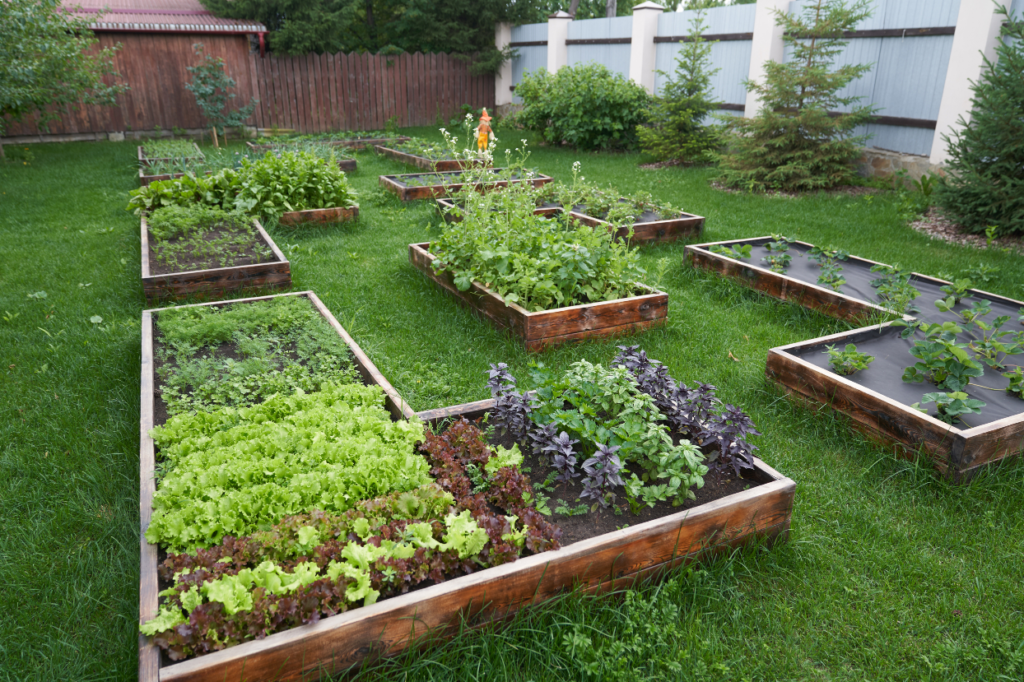
Better Soil Structure
Plants with different root structures affect soil in different ways. Deep-rooted plants like carrots and parsnips break up compacted subsoil, while shallow-rooted plants with fibrous root systems improve topsoil tilth. Rotating between these different root structures creates a naturally aerated, well-structured growing medium.
The Four Main Plant Families for Rotation Planning
To implement crop rotation effectively, you’ll need to understand the main plant families. Most vegetable rotation systems focus on these four major groups:
1. Legumes (Fabaceae)
- Examples: Beans, peas, lentils
- Soil Effect: Add nitrogen through root nodules
- Follow With: Heavy feeders like leafy greens or fruiting crops
2. Nightshades (Solanaceae)
- Examples: Tomatoes, potatoes, peppers, eggplants
- Soil Effect: Heavy feeders, particularly for phosphorus
- Follow With: Legumes to replenish nutrients
3. Brassicas (Brassicaceae)
- Examples: Cabbage, broccoli, cauliflower, kale, radishes
- Soil Effect: Heavy feeders, particularly for nitrogen
- Follow With: Legumes to replenish nutrients
4. Alliums (Amaryllidaceae)
- Examples: Onions, garlic, leeks, shallots
- Soil Effect: Light feeders with antibacterial properties in soil
- Follow With: Almost any crop benefits after alliums
How to Plan Your Crop Rotation
The simplest approach for home gardeners is a four-bed rotation system. Divide your garden into four sections and rotate plant families through these sections over a four-year cycle.
Sample Four-Year Rotation Plan
| Year | Bed 1 | Bed 2 | Bed 3 | Bed 4 |
|---|---|---|---|---|
| Year 1 | Legumes | Nightshades | Brassicas | Alliums |
| Year 2 | Brassicas | Legumes | Alliums | Nightshades |
| Year 3 | Alliums | Brassicas | Nightshades | Legumes |
| Year 4 | Nightshades | Alliums | Legumes | Brassicas |
This simple rotation ensures that no family returns to the same bed until four years have passed – long enough for most pest and disease cycles to be disrupted.
Adapting Rotation for Small Spaces
If you have a small garden or rely on container gardening, you can still practice crop rotation. Simply change what you plant in each container or small garden section each season. Even a two-year rotation is better than none at all.
For small spaces, consider these approaches:
- Use containers that can be moved to different locations
- Change the crop family in each container yearly
- Keep detailed records of what was planted where
- Consider vertical gardening to maximize space
Advanced Rotation Considerations
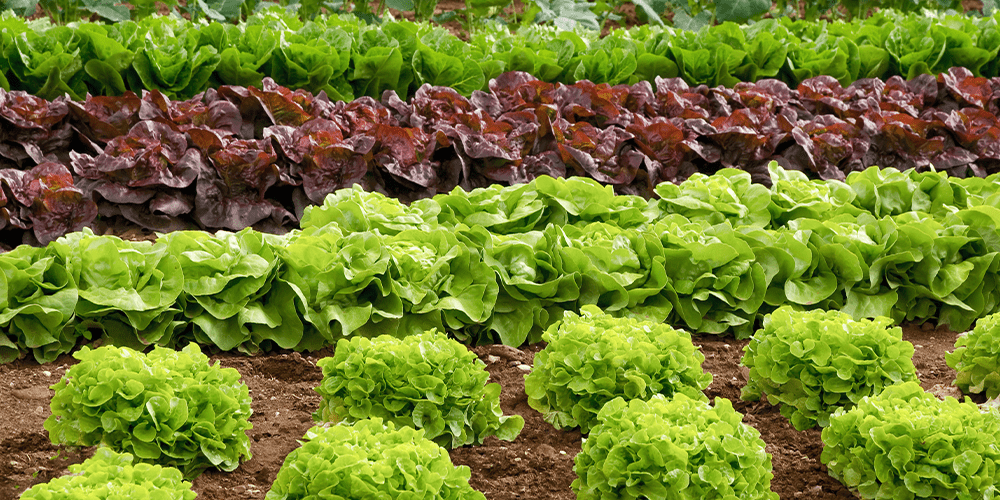
Cover Crops in Your Rotation
Cover crops, also known as green manures, can play a valuable role in your rotation plan. These are plants grown specifically to improve soil health rather than for harvest.
Winter rye, clover, buckwheat, and other cover crops can:
- Prevent soil erosion during off-seasons
- Suppress weeds
- Add organic matter when turned under
- Fix nitrogen (in the case of leguminous cover crops)
According to the USDA Agricultural Research Service, cover crops can contribute to long-term soil health while reducing fertilizer needs when incorporated into crop rotation systems.
Incorporating Herbs in Rotation
Culinary and medicinal herbs can play a special role in crop rotation. Many herbs have pest-repellent properties or attract beneficial insects:
- Mint family herbs (basil, oregano, thyme) repel many garden pests
- Umbellifers (dill, fennel, cilantro) attract beneficial predatory insects
- Asteraceae family herbs (chamomile, calendula) can suppress certain soil nematodes
Consider dedicating one bed in your rotation to a diverse herb planting, which will serve multiple functions in your garden ecosystem.
Common Mistakes to Avoid in Crop Rotation
Forgetting Plant Families
Remember that crop rotation works on the family level, not individual crops. Tomatoes and potatoes are in the same family (nightshades), so rotating from one to the other doesn’t provide the benefits of true rotation.
Poor Record Keeping
Without good records, it’s easy to forget what was planted where in previous seasons. Keep a garden journal, take photos, or use a garden planning app to track your plantings.
Ignoring Perennials
Perennial vegetables and herbs (asparagus, rhubarb, many culinary herbs) don’t participate in rotation. Plan your rotation beds away from these permanent plantings.
Real-World Results: What Research Shows
Research consistently demonstrates the value of crop rotation. A long-term study conducted by the Rodale Institute found that simple crop rotations could reduce pest pressure by up to 80% compared to continuous cropping.
The University of Nebraska-Lincoln’s research shows that four-year rotations can increase yields by 10-15% while reducing fertilizer requirements by similar amounts.
For the home gardener, these benefits translate to:
- Fewer pests and diseases
- Reduced need for pesticides and fertilizers
- Higher yields from the same garden space
- Better quality produce with higher nutrient content
Practical Implementation for Your Garden
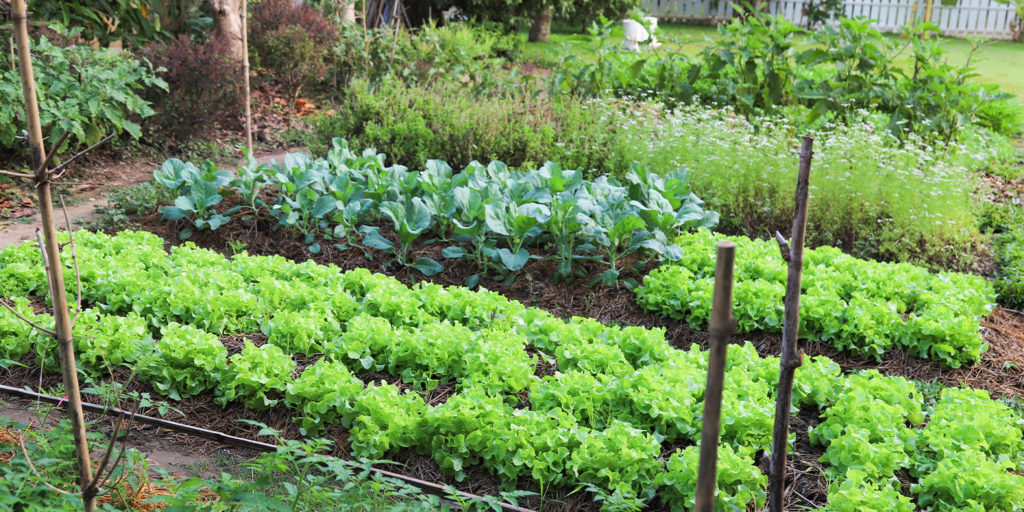
Starting a Rotation System
If you’re just beginning, don’t worry about creating the perfect system immediately. Start with these steps:
- Map your garden and divide it into at least three sections
- Group your planned vegetables by family
- Assign each family to a different section
- Keep records of what grows where
- Next season, move each family to a different section
Seasonal Transition Tips
When transitioning between seasons or crops:
- Clean up all plant debris from the previous crop
- Consider adding compost between rotations
- Test soil pH and adjust if necessary for the next crop family
- Use cover crops during winter or fallow periods
- Avoid walking on beds to prevent soil compaction
Troubleshooting Common Rotation Problems
Problem: Limited Space
Solution: Even in small gardens, practice succession planting with different families. After harvesting spring peas (legumes), plant fall broccoli (brassica) in the same spot.
Problem: Continuous Harvesting Needs
Solution: Reserve a small section for perennials and crops you want continuously, while rotating the rest of your garden.
Problem: Crop Failures
Solution: Keep a “Plan B” list of alternative crops in the same family that can be quickly substituted if your first choice fails.
Conclusion: Building Garden Resilience Through Rotation
Crop rotation isn’t just an old farming practice; it’s a sophisticated system for building resilience in your garden ecosystem. By working with natural cycles rather than against them, you create a more balanced, healthy growing environment.
As climate change brings more unpredictable weather and pest patterns, resilient gardening systems become even more valuable. Crop rotation provides insurance against these uncertainties while reducing your dependence on external inputs.
Start simple, keep good records, and learn as you go. Your soil will improve, your pest problems will diminish, and your harvests will likely increase – all without additional cost or complicated techniques. It’s perhaps the closest thing to a “free lunch” in gardening, and one of the most powerful tools in your sustainable gardening toolkit.
For more detailed information on crop rotation and soil health management practices, visit the USDA National Agricultural Library resources on sustainable agriculture.
